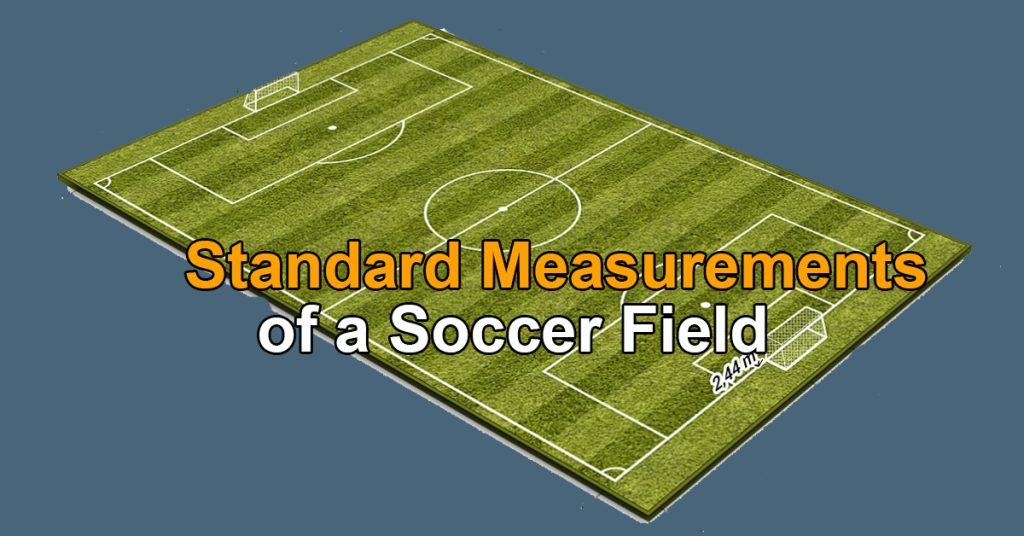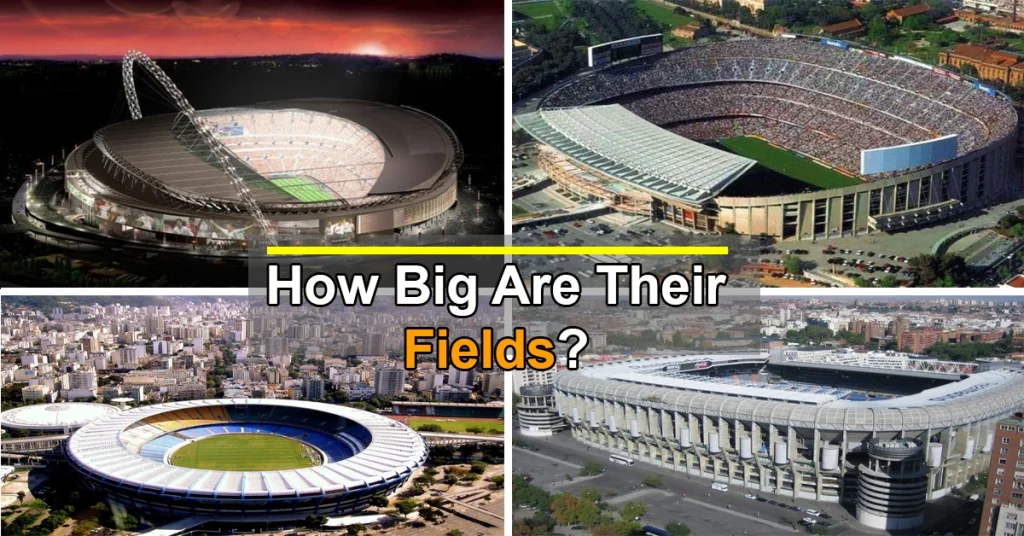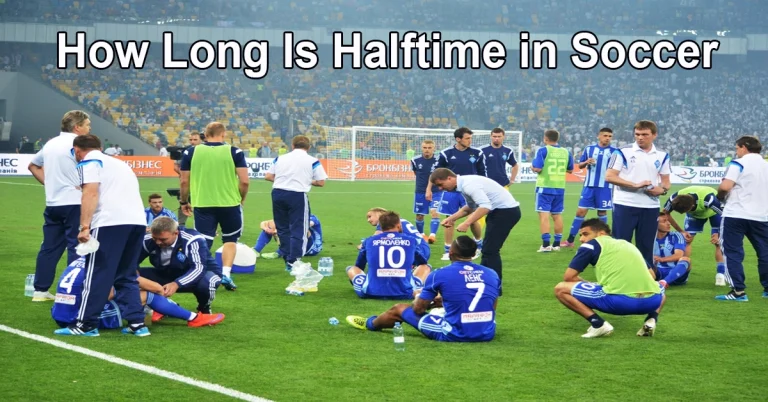How Big is a Soccer Field? Standard Dimensions & Measurements Explained

Let’s us explore that How Big is a Soccer Field? A soccer pitch, often referred to by the name of the field, forms the main space where the game action occurs in a game. A typical soccer field is approximately 100 yards in length as well as 50 feet wide.
In this zone are a variety of important markings. These include the goal lines which are marked by smaller boundary lines, as well as the penalty zones which are larger circles from where penalty kicks can be taken.
Standard Measurements of a Soccer Field: Everything You Need to Know
At the professional level the soccer field is typically between 300 to 360 feet long and between 210 and 220 feet wide. But, the exact dimensions differ based on whether the field is used for international games or a local event that is sanctioned by FIFA. Additionally, different leagues might have their own specifications regarding dimensions of the field.
The soccer pitch is rectangle comprised of grass and lines that indicate its boundary. The lines that are longer are referred to as touchlines while the shorter ones are referred to as goal lines. Also, there is a central line that divides the field in half, and indicates the location where kickoffs are made. The corners are the most important there are penalty zones as well as a center circle.

The penalty box is located about six yards away from the bottom of each goalpost and extends to the playing field. The penalty box is then joined by a second marking to create the goal area. In the same way, the center circle is 10 yards wide.
At a young age children who are younger than six are playing on smaller pitches that range from 75 to 105 feet in length and 45 to 75 yards wide. As they age and develop their athletic skills and more athletic, they move their games to larger pitches. In reality, the majority of soccer players in high school are on professional-sized soccer fields, which are between 330 and 360 feet in length and 210 to 240 feet wide.
Youth Soccer Field Dimensions: How Big Should a Youth Field Be?
For youngsters developing a secure and enjoyable playing area is crucial. This means accurate field measurements and a proper layout. These can guarantee fair play and a pleasurable soccer experience.

Fields for youth soccer are generally less crowded than fields for adults, to accommodate the physical capabilities of players and attention durations. This allows the younger players to get more balls to the soccer ball. This can enhance their ability to develop.
As the kids get old, they advance to 9v9 and 6v6 format, with bigger areas. Ideally, they should be equally sized to ensure that each team has the same amount of play to the ball in every game.
It is crucial to remember that local leagues could have their own guidelines for designing the field So, make sure you know the rules before marking the field. Make sure that the goalposts are properly anchored to avoid them tipping over when playing.
Finally, it’s always an excellent idea to offer designated areas for spectators and facilities for parents, players and other spectators to provide an environment that is comfortable and inviting. Spectator areas help decrease crowds and improve security by preventing spectators from potentially dangerous areas of the playing field. This is crucial for games for children, as it’s not unusual for youngsters to bump into one another within close proximity.
Professional Soccer Field Size: What Are the Official Regulations?

A soccer field also known as a “pitch,” can have an impact on the game’s dynamic, from youth leagues through professional matches. Understanding the differentiators can assist players, coaches and spectators appreciate the tactics and physical requirements of every stage of playing.
Dimensions of a professional soccer field are determined by international standards imposed by the governing body for soccer, FIFA. It is a minimum length of between 110 and 120 yards, and the width between 70 and 80 yards, though this could be different in lower levels of the game.
To make sure that all teams have an equal amount of playing space in games The typical field layout is based on boundaries and markings which must be followed by each team. They include a central circle that is 9.15 metres (10 yards) which marks the position of the team’s goal. Corner arcs that sit at the corner of the fields are included as well as touches-lines (sidelines) as well as goal line.
Although the size of a soccer field may alter in different competition levels but there is one thing that is constant the quality of the facility, which is high-quality turf. This will increase playing safety and play-ability for players for the years to follow!
Famous Soccer Stadiums Around the World: How Big Are Their Fields?
If you’ve ever been to an official soccer match most likely, you’ve seen an enormous field. The most common dimensions of a soccer field that are set by FIFA is between 110 and 120 yards, and 50 to 100 yards wide. But, this is an extremely flexible area, that allows for lots of variance in the sizes of fields and stadiums used by various teams.

This flexibility is also available at the level of youth leagues, in which the dimensions of the field may differ based on the age and abilities of players. The smaller the field less able it will be to keep an efficient game running because players have to work hard with keeping the ball in check. As players age they may be able to transition to larger fields, which makes them more comfortable in playing the frantic soccer game.
The size of the soccer field is another factor to think about when comparing it with other sports such as American baseball and football which have standards for field sizes are extremely exact and uniform across all leagues. This makes it difficult for a gifted student or athlete in college to advance to the professional stage, which requires them to adapt to new dimensions for fields which may be vastly different from the team they currently play for.







